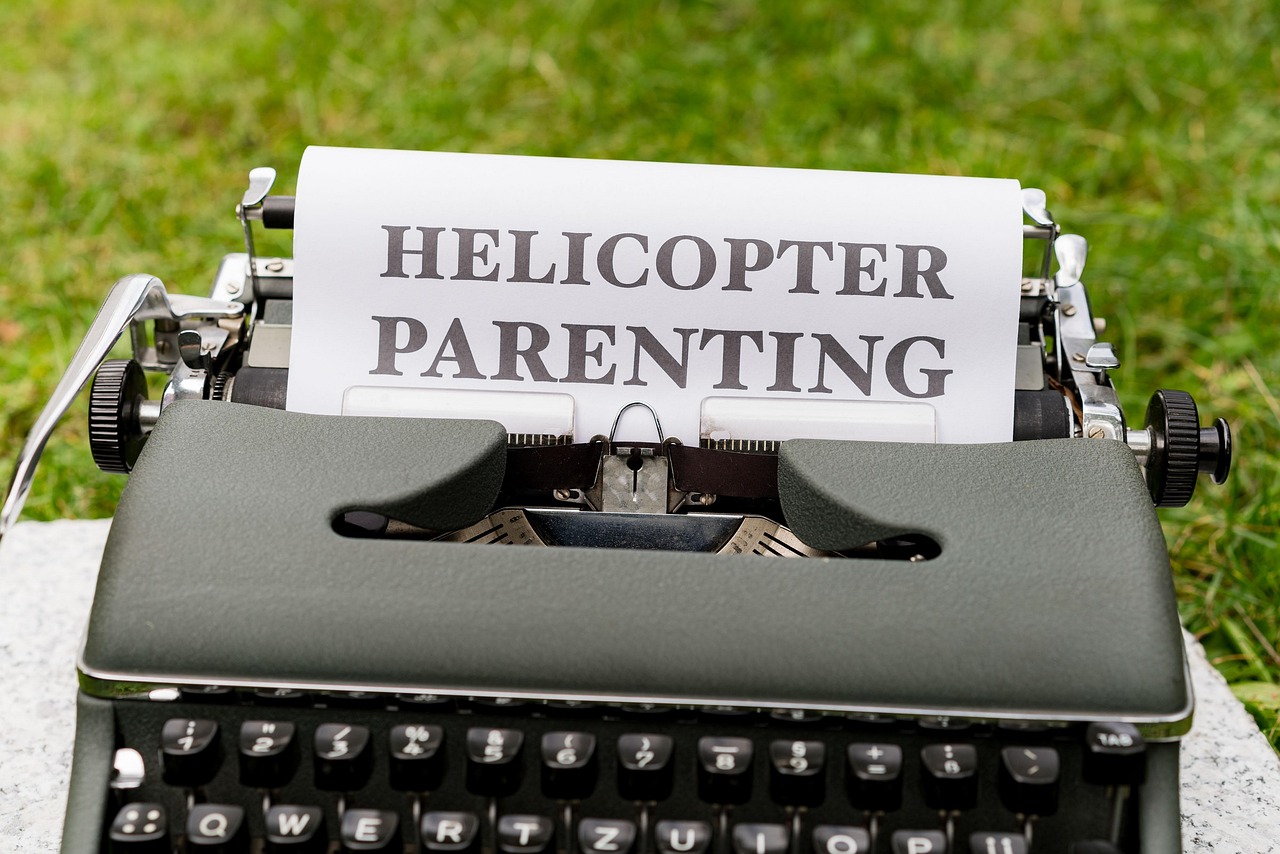In today’s dynamic corporate landscape, retaining employees has become a critical focus for organizations aiming to sustain competitive advantage. As the echoes of The Great Resignation begin to fade, nearly half of workers now express plans to remain with their current employers over the coming year. However, the intricacies of why employees choose to stay vary considerably, shaped by generational expectations, job roles, industry specifics, and workplace arrangements. Notably, firms like Google, Microsoft, and Adobe have set high standards, demonstrating the profound impact of organizational culture, leadership, and personalized employee engagement in fostering long-term loyalty.
Researchers from Paychex and Executive Networks conducted a comprehensive survey across small to mid-sized U.S. companies, revealing rich insights about the drivers of employee retention. While job stability and meaningful work surfaced as universal priorities, the nuances underlying these themes vary deeply by employee demographics and professional environments.
Understanding these factors is essential for business leaders striving to design retention strategies that resonate with their workforce’s diverse needs. From flexible work schedules prized by Baby Boomers to mental health benefits favored by Generation Z, the spectrum of motivators demands a tailored approach. Companies like Salesforce and HubSpot exemplify the benefits of investing in career development opportunities, while Netflix and Zappos highlight the importance of fostering passion and alignment with company values.
As organizations face the challenge of attracting and keeping talent in 2025 and beyond, adopting a multifaceted strategy grounded in employee-centric practices, continuous feedback mechanisms like stay interviews, and a commitment to meaningful work will differentiate those who succeed. This article delves into the various factors contributing to employee retention, offering insights backed by recent data and examples from leading firms.
Understanding Key Drivers for Employee Retention in 2025
One of the most telling indicators of employee retention trends is the growing number of workers who plan to stay with their current employers. Nearly 48% of employees surveyed across various industries and job roles expressed their intention not to change companies within the next 12 months. This shift reflects an evolving recognition of the value of stability and meaningful engagement in the workplace.
Various factors underpin this commitment to stay. Employees overwhelmingly cited having reasonable workloads (71%), access to necessary tools for success (71%), and feeling valued for their contributions (69%) as critical elements. Notably, those working in sedentary roles reported feeling more valued (75%) than frontline active workers (66%), suggesting that recognition disparities can influence retention.
Generational differences also play a significant role in shaping retention drivers:
- Baby Boomers emphasize flexibility in work hours as a major incentive to stay long-term, with 46% valuing this aspect.
- Generation X and Millennials show substantial appreciation for job stability and financial wellness.
- Generation Z prioritizes mental health benefits, underscoring changing wellness perceptions.
These generational nuances suggest that retention policies cannot be one-size-fits-all. Recognizing the unique priorities of each group, particularly in companies like Apple or LinkedIn that employ multigenerational workforces, is essential.
| Employee Group | Key Retention Priorities | Percentage Valuing Flexibility in Work Hours |
|---|---|---|
| Baby Boomers | Job Stability, Flexibility, Financial Wellness | 46% |
| Generation X | Job Stability, Financial Wellness | 38% |
| Millennials | Career Growth, Financial Wellness | 31% |
| Generation Z | Mental Health Benefits, Career Development | 24% |
Industry differences further complicate the retention landscape. Employees in financial services tend to prioritize work-life balance and flexible schedules, while those in leisure and hospitality place considerable importance on passion for their field and meaningful work. Companies like Microsoft and Salesforce actively tailor their benefits and employee engagement practices to align with these varied expectations, ensuring they meet the distinct needs of their workforce segments.
The Impact of Meaningful Work and Passion on Employee Loyalty
Meaningful work remains a foundational factor in why employees stay. Beyond salary and perks, a significant portion of the workforce seeks alignment between their personal values and their job roles. This alignment fosters intrinsic motivation, which encourages long-term commitment and elevated performance levels.
In industries such as education, health services, and nonprofit sectors, employees overwhelmingly rank passion for their field as a top reason for staying with their employer. For example, healthcare professionals engaged in patient care at hospitals affiliated with Adobe or Zappos, albeit in support roles, often express dedication rooted more in purpose than paycheck. Conversely, sectors like manufacturing and retail report lower emphasis on passion as a retention factor, highlighting the variance across industry cultures.
Companies aiming to enhance employee retention by fostering meaningful work should consider:
- Integrating employees’ personal career aspirations into development plans.
- Encouraging project assignments that align with individual passions.
- Recognizing achievements that reflect purposeful contributions.
Google and LinkedIn are exemplary in this regard; both corporations invest heavily in understanding employees’ career goals through stay interviews and personalized coaching, thereby boosting engagement and retention simultaneously.
| Industry Sector | Importance of Passion for Field (%) | Prioritization of Meaningful Work (%) |
|---|---|---|
| Leisure & Hospitality | 20% | 20% |
| Education & Health Services | 16% | 25% |
| Financial Services | 12% | 15% |
| Manufacturing | 6% | 8% |
Building a culture where meaningful work thrives requires strong leadership and a cohesive company culture. Leaders can draw on studies such as critical leadership skills to inspire teams, while organizational initiatives can promote value-driven projects to nurture employee passion and engagement.
Flexibility in Work Arrangements as a Pillar of Retention Strategy
Flexibility in work hours and schedules has emerged as a prominent retention lever, especially for older generations such as Baby Boomers and Generation X. With nearly half of Baby Boomers citing schedule flexibility as a key factor to stay, organizations need to embrace adaptable work structures conducive to diverse life circumstances.
Beyond where employees work—be it fully remote, on-site, or hybrid—the when and how of work delivery hold significant sway over employee satisfaction and loyalty. For instance, sedentary workers express a stronger preference for flexibility in the work environment compared to active frontline workers, who may face inherent limitations in schedule adaptability.
- Employers should regularly survey their workforce to identify feasible flexibility options tailored by role and industry.
- Implement technology solutions that allow employees to manage shifts, swap duties, and request time off seamlessly.
- Consider pilots of flexible work hours and staggered shifts to accommodate varying life needs.
Tech giants like Apple and Salesforce lead by example, offering flexible schedules and robust remote-work policies that balance operational efficiency with employee well-being. Such flexibility not only improves retention but also enhances productivity and morale.
| Work Arrangement | Percentage Valuing Flexibility in Work Environment | Key Challenges |
|---|---|---|
| Sedentary (Desk-based roles) | 20% | Balancing remote collaboration and team cohesion |
| Active (Frontline roles) | 11% | Operational constraints limiting schedule shifts |
| Hybrid | Varies by individual preference | Coordination complexities |
Employers must approach flexibility thoughtfully, ensuring policies align with corporate goals and employee expectations. This nuanced approach, highlighted in strategies to handle employee resistance to change, supports a culture of trust and adaptability essential for retention.
Career Growth and Skills Development: Retention Through Opportunity
Opportunities for career advancement and skills development rank highly among what employees desire to stay engaged and committed. A significant number cite internal mobility and the chance to acquire new competencies as pivotal reasons for long-term loyalty.
Leading firms such as Microsoft and HubSpot invest in comprehensive learning programs and mentorship, enabling employees to navigate career paths aligned with their ambitions. Such investments not only fulfill individuals’ professional aspirations but also enhance organizational agility by cultivating adaptable talent.
- Assess and increase overall training budgets aligned with business objectives and employee preferences.
- Develop accessible, relevant training modules incorporating emerging technologies and market trends.
- Promote mentoring and coaching as regular practices within management structures.
Regular stay interviews contribute valuable insights into individual career goals, helping managers tailor development plans effectively. Millennials and Gen Z particularly appreciate these conversations, which can be instrumental in retaining younger talent that might otherwise feel inclined to switch employers.
| Generation | Preference for Career Development Opportunities | Engagement through Stay Interviews (%) |
|---|---|---|
| Millennials | High | 36% |
| Generation Z | Very High | 49% |
| Generation X | Moderate | 21% |
| Baby Boomers | Lower | 12% |
Insights shared in studies on innovation in startups underscore that fostering learning agility and providing supportive mentorship can significantly reduce turnover and encourage a culture of continuous improvement.
Compensation, Wellness, and Holistic Employee Support
While compensation remains an important baseline, research indicates that pay alone is not the sole determinant in employee retention. Factors such as mental health benefits, financial wellness programs, and a supportive culture can tip the scales toward longer employee tenure.
For example, Generation Z’s comparatively strong preference for mental health benefits—23% rank it highest aside from salary—reflects shifting societal attitudes towards wellness. This contrasts with Baby Boomers, who gravitate toward financial wellness programs to secure retirement and economic stability.
- Tailor wellness benefits to generational needs, offering options such as mental health resources, financial planning aid, and flexible spending accounts.
- Create a supportive workplace culture that encourages open dialogue about wellness and work-life balance.
- Incorporate benefits that resonate with specific industries; for instance, leisure and hospitality workers show interest in financial wellness incentives.
Technology firms like Adobe and Netflix have integrated comprehensive wellness programs, including counseling services and stress management workshops, which contribute to employee satisfaction and retention. Equally, cultivating a culture of psychological safety has become a strategic imperative in maintaining workforce commitment.
| Generation | Preference for Mental Health Benefits | Preference for Financial Wellness Benefits |
|---|---|---|
| Generation Z | 23% | 7% |
| Millennials | 14% | 14% |
| Generation X | 5% | 16% |
| Baby Boomers | 3% | 14% |
Companies looking to extend tenure should consult resources on building a lasting employer brand that harmonizes competitive compensation with holistic wellness initiatives to create an attractive and retaining workplace environment.
Frequently Asked Questions About Employee Retention
- What are the most valued benefits by different generations? Baby Boomers prioritize flexibility and financial wellness, Millennials seek career development opportunities, while Generation Z values mental health benefits highly.
- How do stay interviews contribute to employee retention? Stay interviews enable employers to understand employee aspirations and concerns, providing opportunities to address issues before turnover occurs.
- Why is meaningful work important for retention? Meaningful work connects employees to a sense of purpose, increasing motivation and reducing the desire to leave.
- How can companies tailor flexibility to different roles? By surveying employees and piloting flexible schedules, organizations can design role-specific solutions that balance business needs and worker preferences.
- What role does company culture play in employee loyalty? A supportive and inspiring culture encourages emotional attachment and engagement, which are critical for long-term retention.

